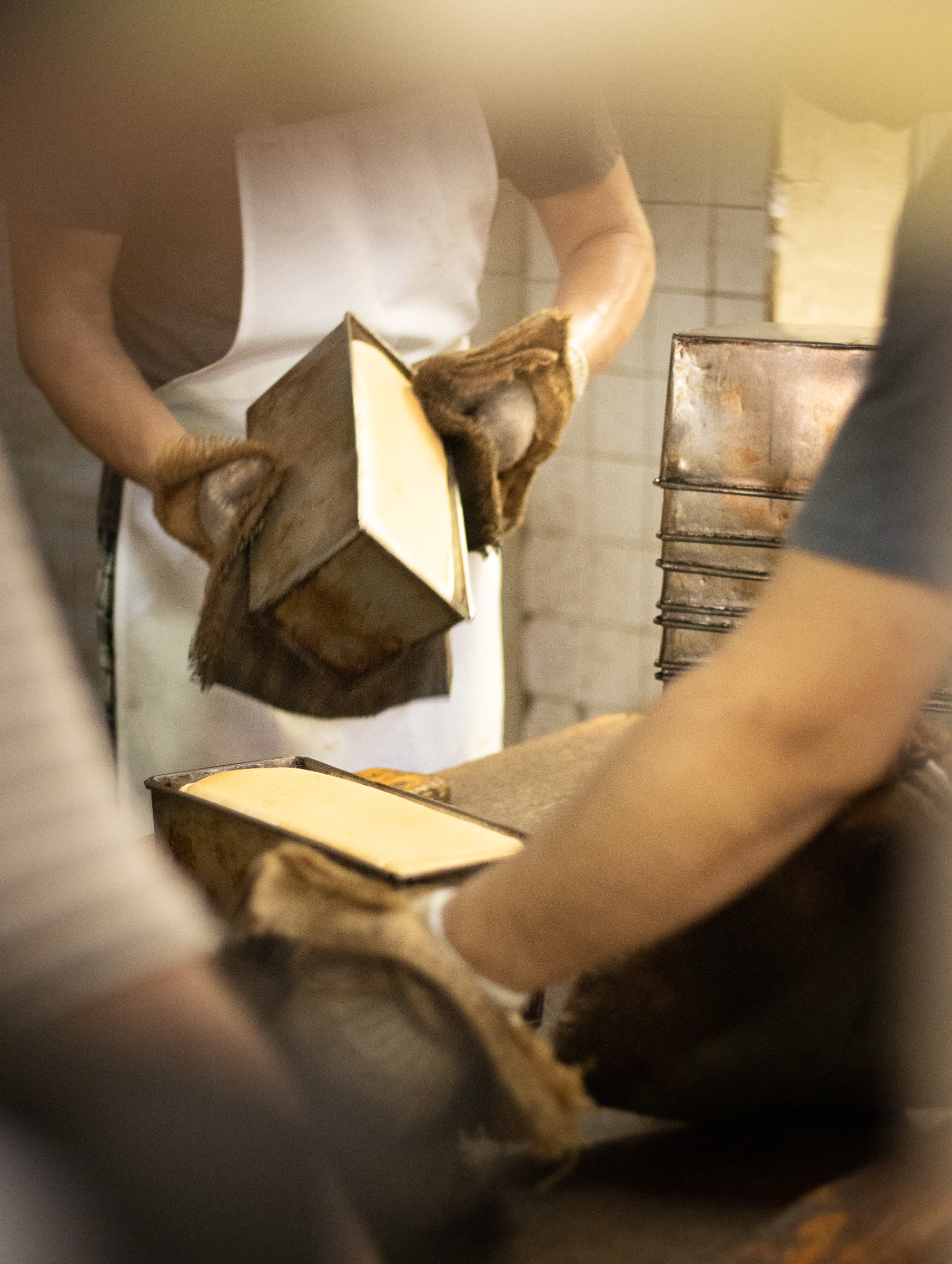Helmed by craftsman Yeo Hung Teo and his wife, Puah Siew Peng, Yeo Swee Huat Paper Agency is an establishment that deals in paper products broadly connected with Taoist practice. Their plethora of goods include a wide variety of joss paper, paper clothing and armour sets, paper craft, and other offerings. Amongst their myriad of paper products, the multi-talented Hung Teo is probably best known for creating beautifully painted lanterns, many of which still continue to hang in storied places like the Yueh Hai Ching Temple (粤海清庙, Yuèhǎiqīng Miào) on Phillips Street, right in the heart of the Central Business District. The workshop is also famous for their larger-than-life paper effigies of deities, which are burned as offerings during Chinese and Taoist observances like Qing Ming Festival, Hungry Ghost Festival, and Nine-Emperor Festival, as well as funerals.
Yeo Swee Huat Paper Agency’s history spans over 60 years, and began on New Market Road, where the Apollo Centre stands today. However, Yeo Hung Teo’s story began even earlier. Brought to Singapore from China by his parents at the tender age of three, Hung Teo picked up his artistic skills from his father, Yeo Swee Piow, observing him as he plied the trade that Hung Teo himself would eventually be known for. When his father went on to establish Yeo Swee Huat Paper Agency in the 1960s, Hung Teo joined him as an apprentice, and proved to be a quick study. Upon the sudden departure of their manager, Hung Teo would step up to helm the company just three years after joining them. Intending to further his skills, he then enrolled in the Nanyang Academy of Fine Arts – but was forced to drop out a year later when his family could not afford the $30 school fee. Undeterred, Hung Teo approached several Chinese masters to learn more about lantern painting, and used his acquired skills to cultivate the company over the years into its present reputation.
Like many local Chinese, both Hung Teo and Siew Peng believe in “yuánfèn” (缘分, fateful coincidence, affinity, or destiny), and regularly revisit the concept when they reminisce about their lives and their craft. While both of them have dedicated their lives to this craft out of love for the heritage aspect of their work, they also did so out of a sense of duty, as they believe it was their “fate” to protect this facet of our culture. And thus they continue to do so, despite the business difficulties they face in recent years. Changing consumer trends have eroded demand. People tend to opt for simpler funeral procedures now, says Siew Peng, and lanterns are no longer as popular because they are often perceived as old-fashioned. But the couple take this change in stoic stride. Consequently, they are very appreciative of those who do take the time to visit their workshop to learn about their experiences and their craft.




